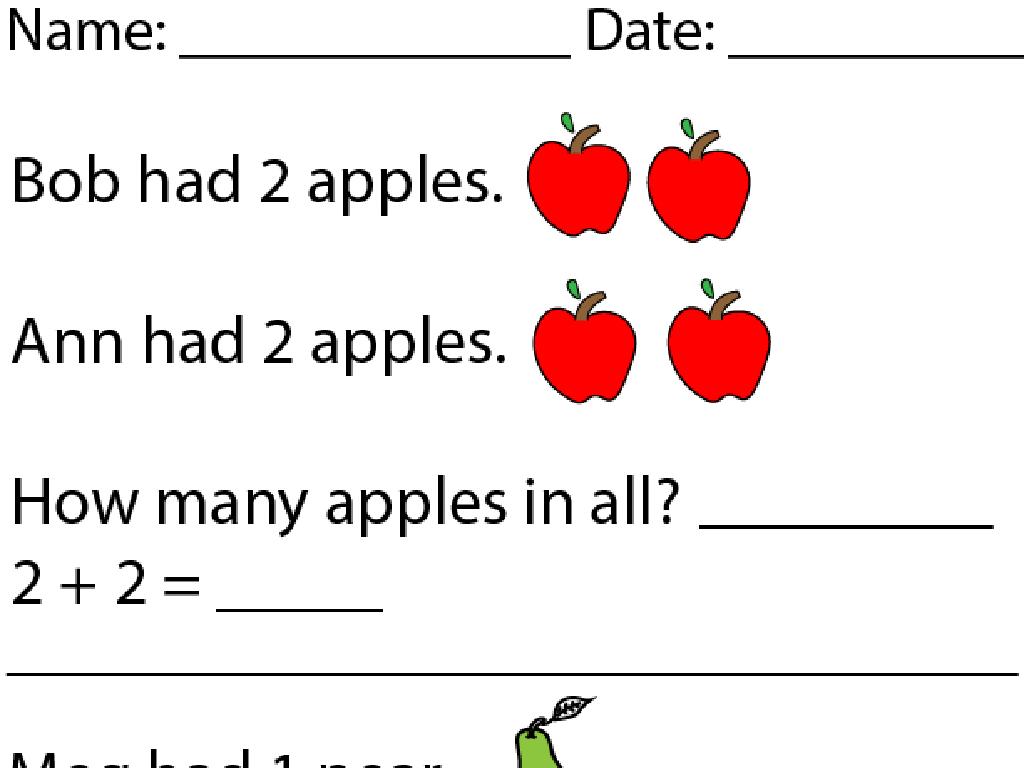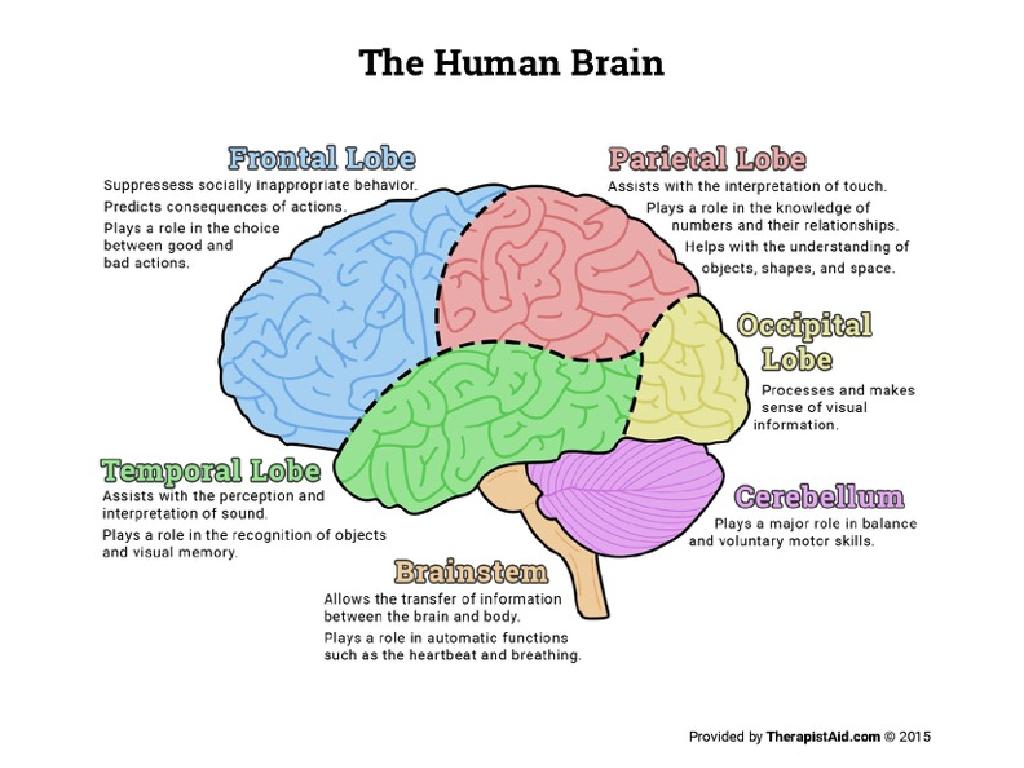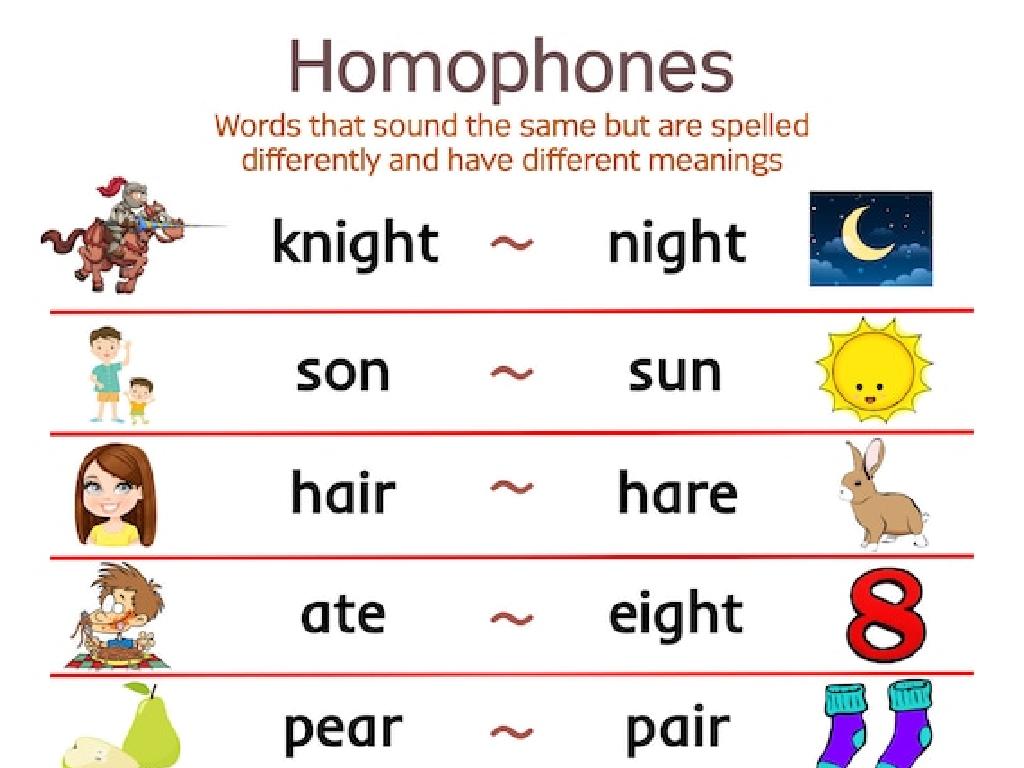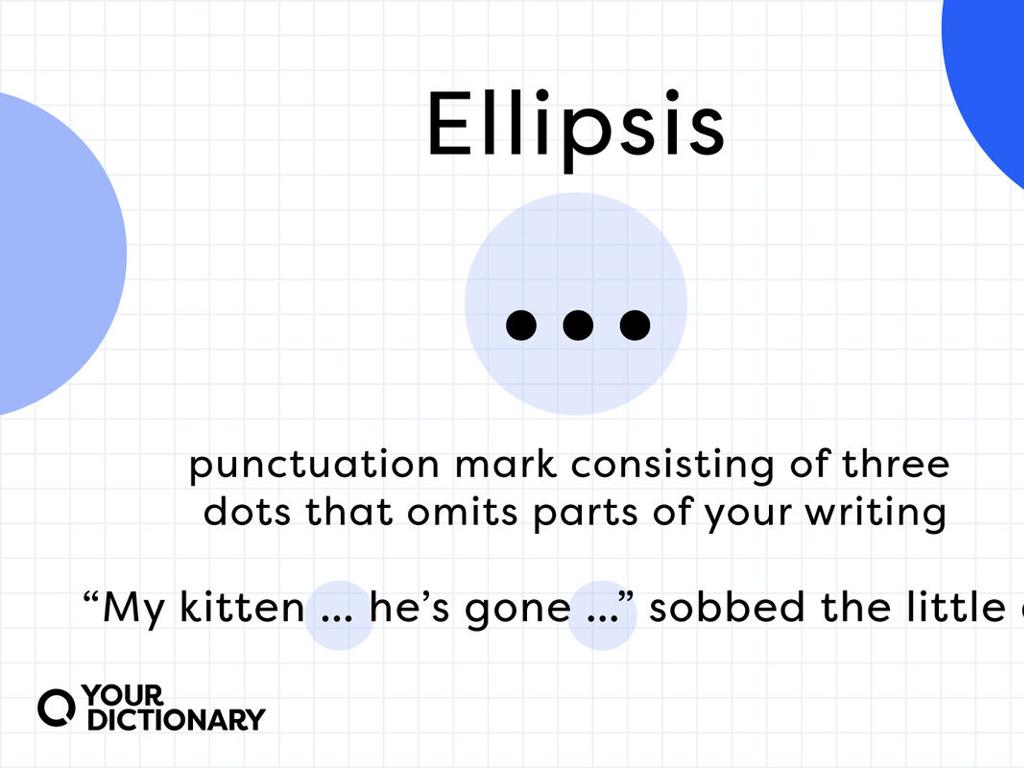Spell The Long I Word: Silent E, Ie, Y, Igh, Ind, Ild
Subject: Language arts
Grade: Third grade
Topic: Short And Long Vowels
Please LOG IN to download the presentation. Access is available to registered users only.
View More Content
Today’s Adventure: The Mystery of Long ‘i’ Sounds!
– Exploring vowels: short and long
– Recap: What are vowels?
– Vowels are a, e, i, o, u. They can make different sounds!
– Short vs. Long Vowels
– Short vowels: ‘i’ as in ‘fish’. Long vowels: ‘i’ as in ‘like’.
– Long ‘i’ sound patterns
– Silent e (like), ie (pie), y (fly), igh (night), ind (find), ild (wild)
|
This slide introduces the concept of short and long vowel sounds, focusing on the long ‘i’ sound. Begin by recapping what vowels are and the difference between short and long vowel sounds. Use examples to illustrate the short ‘i’ sound as in ‘fish’ and compare it to the long ‘i’ sound as in ‘like’. Introduce the various patterns that can make the long ‘i’ sound, including silent e, ie, y, igh, ind, and ild. Provide examples for each pattern. Encourage students to listen for the long ‘i’ sound in words and to practice spelling them. This will set the foundation for more in-depth exploration of each pattern in subsequent slides or activities.
The Magic of Silent ‘e’
– Understanding Silent ‘e’
– Silent ‘e’ changes a short vowel to a long vowel sound.
– ‘bit’ vs. ‘bite’, ‘pin’ vs. ‘pine’
– See how adding ‘e’ changes the word and its pronunciation.
– Spot the Silent ‘e’ activity
– Find words with silent ‘e’ in your favorite book.
|
This slide introduces the concept of the silent ‘e’ and its role in changing the pronunciation of words from a short vowel sound to a long vowel sound. Start by explaining how the silent ‘e’ at the end of a word can alter the vowel sound in the middle of the word. Provide clear examples with ‘bit’ and ‘bite’, ‘pin’ and ‘pine’ to illustrate the difference. For the activity, encourage students to look for words with a silent ‘e’ in books they enjoy reading. This will help them understand the practical application of the concept. The activity should be interactive and fun, allowing students to explore and discover on their own or in small groups. Provide guidance and support as needed.
The ‘ie’ Team: Long ‘i’ Sound
– ‘i’ and ‘e’ make the ‘ie’ sound
– Examples: ‘pie’, ‘tie’
– Words like ‘pie’ and ‘tie’ have the long ‘i’ sound due to ‘ie’
– Create sentences with ‘ie’ words
– Use ‘pie’ and ‘tie’ in fun sentences
– Practice spelling ‘ie’ words
– Try spelling ‘die’, ‘lie’, and ‘fie’
|
This slide introduces the concept of the ‘ie’ vowel team, which often makes the long ‘i’ sound in words. Provide examples like ‘pie’ and ‘tie’ to illustrate the sound. Encourage students to think of their own ‘ie’ words and use them in sentences, which will help reinforce their understanding of the sound and spelling pattern. As an activity, students can practice spelling additional ‘ie’ words and use them in sentences. This exercise will help them recognize the pattern in other words and improve their reading and writing skills.
The Magic of ‘y’: Long ‘i’ Sounds
– ‘y’ can sound like long ‘i’
– Examples: ‘cry’, ‘fly’, ‘try’
– Words ending in ‘y’ often have a long ‘i’ sound
– Rhyme Time activity
– Create rhymes using words that end with ‘y’
– Listen and find long ‘i’ words
– Hear a word, decide if ‘y’ sounds like long ‘i’
|
This slide introduces the concept that the letter ‘y’ can produce a long ‘i’ sound when it is at the end of words. Provide examples such as ‘cry’, ‘fly’, and ‘try’ to illustrate this point. Engage the class with a ‘Rhyme Time’ activity where students create their own rhymes using words that end in ‘y’. This will help them recognize the long ‘i’ sound and associate it with the letter ‘y’. Additionally, play a listening game where you say words aloud, and students raise their hands if they hear the long ‘i’ sound. This interactive approach reinforces their understanding and makes learning fun.
The ‘igh’ Combination in Spelling
– ‘igh’ makes the long ‘i’ sound
– Like in ‘light’, where the ‘gh’ is silent
– No silent ‘e’ needed
– Examples: ‘high’, ‘night’, ‘sigh’
– Other words include ‘flight’, ‘bright’, ‘right’
– Let’s play ‘igh’ Word Bingo!
– A fun game to recognize and remember ‘igh’ words
|
This slide introduces the ‘igh’ combination, which is a common way to spell the long ‘i’ sound in words without using a silent ‘e’. Provide students with examples like ‘high’, ‘night’, and ‘sigh’ to illustrate the concept. Engage the class with an ‘igh’ Word Bingo game to reinforce their learning. For the game, create bingo cards with ‘igh’ words and have students mark off the words as they hear them. This interactive activity will help students become familiar with the ‘igh’ pattern and aid in their recognition of the long ‘i’ sound in different words. Encourage students to think of additional ‘igh’ words and use them in sentences to further their understanding.
The ‘ind’ and ‘ild’ Patterns in Long ‘i’ Words
– ‘ind’ and ‘ild’ are special patterns
– Examples include ‘kind’, ‘wild’
– ‘kind’ as in nice, ‘wild’ as in untamed
– ‘child’ also follows the ‘ild’ pattern
– ‘child’ as in a young person
– Match words with pictures activity
– Helps recognize & remember patterns
|
This slide introduces the ‘ind’ and ‘ild’ patterns as unique ways to spell the long ‘i’ sound in words. Provide examples like ‘kind’, ‘wild’, and ‘child’ to illustrate the patterns. For the class activity, prepare a set of pictures and words with ‘ind’ and ‘ild’ patterns. Students will match the words to the correct pictures, reinforcing their understanding of the spelling patterns. This activity will help students to visually connect words with images, aiding in memorization and recall. Encourage students to say the words out loud as they match them to the pictures to further reinforce the pronunciation of the long ‘i’ sound in these patterns.
Class Activity: Long ‘i’ Word Hunt
– Explore the classroom on a word hunt
– Find objects with long ‘i’ words
– Look for ‘i_e’, ‘ie’, ‘y’, ‘igh’, ‘ind’, ‘ild’
– Pair up and list long ‘i’ words
– See who can find the most words
|
This activity is designed to be a fun and interactive way for students to practice identifying long ‘i’ words. Have the students walk around the classroom to find objects or pictures that represent words with the long ‘i’ sound. Encourage them to work in pairs to foster teamwork and to compare findings. Provide examples of long ‘i’ words like ‘kite’, ‘pie’, ‘fly’, ‘light’, ‘find’, and ‘wild’. After the hunt, each pair should present their list to the class, and you can tally who found the most words. This will help reinforce their understanding of the different ways the long ‘i’ sound can be spelled and pronounced in words.
Vowel Voyage Recap: Mastering Long ‘i’
– Congrats on today’s learning journey!
– Review: silent e, ie, y, igh, ind, ild
– Examples: like, pie, my, light, find, wild
– Practice makes perfect
– Try to spell new words using these patterns
– Up next: Exploring ‘o’ sounds
|
Today’s class was a success, and the students have made significant progress in understanding the various patterns that make the long ‘i’ sound. As we conclude, it’s important to recap the patterns: silent e (like in ‘bike’), ‘ie’ (as in ‘pie’), ‘y’ (like ‘fly’), ‘igh’ (found in ‘night’), ‘ind’ (as in ‘kind’), and ‘ild’ (like ‘wild’). Encourage the students to continue practicing at home by identifying and spelling words that follow these patterns. Looking ahead, prepare the students for the next class where they will dive into the world of ‘o’ sounds, exploring the different ways ‘o’ can be pronounced in words. Make sure to provide examples and engage them with the anticipation of learning something new.






